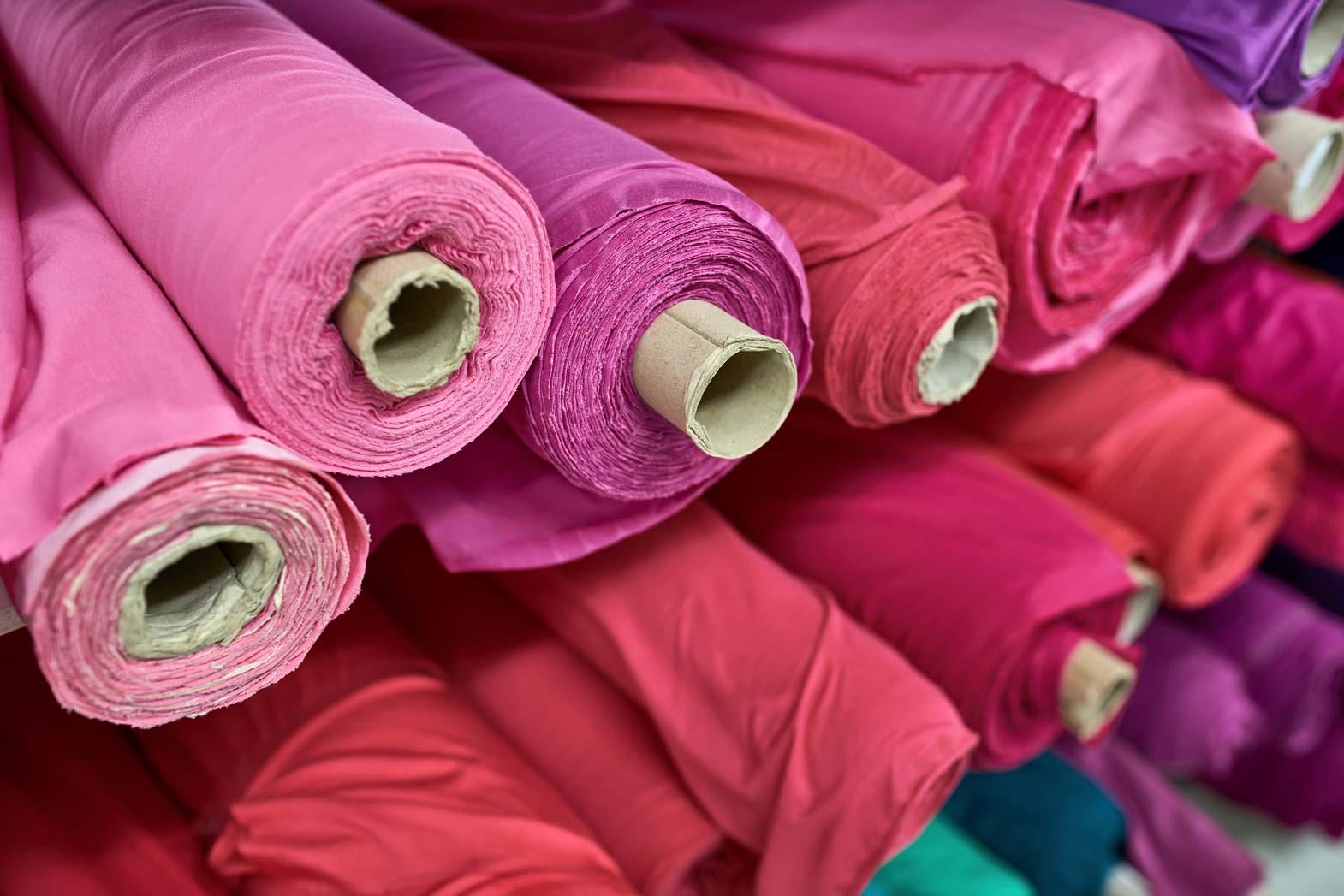Asian textile industry, which was once considered to be a fading industry, has been on the rise again. In the past couple of years, the Asian textile industry has transformed from alley shops to a full-fledged industry. After shedding its image of sweatshops and churning out cheap material, this industry is now competing in the global market.
The Asian textile industry is growing at a fast pace since the recession. One major reason for that is the customer's taste and demand. The industry is modernizing because people's clothing taste is becoming more sophisticated.
The industry for technical textiles is also booming. Technical textiles are used in cars, mattress covers, bags, tents, parachutes, etc. People are now inclined towards buying different and innovative products which is a major reason for the growth of this industry. It is estimated that the technical textile industry will grow by 20% over the next decade.
India
India is an agrarian economy. Therefore, textile trade is one of the oldest and the most well-set-up businesses in India. This well-established textile industry plays a crucial role in the nation's economy. According to the reports published in the year 2007-08 by the Ministry of Textiles, the Indian textile industry was valued at US$52 billion, and was estimated to reach US$115 billion by 2012.
The Indian textile industry covers an array of activities. The Indian textile industry is largely consisted of hosiery, power looms, and knitting sectors, but 62% of the total fabric production comes from the power loom sector. The textile industry's sub-sectors include woolen textiles, silk textiles, jute, handicrafts, yarn, handloom, etc.
China
When it comes to the textile industry, China has evolved itself to become the center of the textile industry over the last two decades. China's textile city located in Shaoxing County is a well-known place and now also considered to be the pearl of South China. It is known to be a cultural center and also the birthplace of silk making. As of 2006, the textile production in the county was valued at US$5.8 billion. The county includes China's top 100 textile companies and also international textile companies which have annual sales of more than US$30 million.
Bangladesh
Bangladesh's textile and apparel industry houses a variety of activities ranging from spinning and weaving to knitting and dyeing. It also includes manufacture and sales of finished garments and technical textiles.
Turkey
In 2010, Turkey's textile and apparel exports in totality were valued at US$ 21 billion amongst which the textile exports were valued at US$7.7 billion, and its apparel exports were valued at US$13.3 billion. Turkey is known to be the leading producer of denims in the world and the fourth largest exporter of home textiles and the likes of it. As of 2009, the export of apparel and textiles in the country accounted for 3.7% of the global exports. Turkey was also recorded to be the fourth-largest exporter of apparel and the seventh-largest exporter of textiles in the world as of year 2009.
For the country's 100th anniversary in the year 2023, it is aiming to stand among the top 10 economies in the world by 2023 by reaching US$500 billion in exports. To attain this goal, the industry has invested more than US$100 billion for the use of advanced technologies.
Thailand
The Department of Industrial Works, Ministry of Industry, reports that in 2010, Thailand's textile subsector comprised of 4,233 mills which consisted of apparel mills, knitting mills, weaving mills, dyeing and printing mills, spinning mills and manmade-fiber mills. This sub-sector is one of the major sectors for employment in the country and employs more than one million people on an annual basis.
The export value of Thailand's textile and apparel sector was estimated at US$7.55 billion in the year 2010 which included items like man-made fiber, knitted and woven apparel and cotton fabric and yarn. The textiles and apparel imports have also been increasing gradually from US$3.3 billion in the year 2008 to US$3.7 billion in 2010.
The future of textile and apparel industry is in Asia. Countries like India, Bangladesh and China are on top when it comes to textile manufacturing and trade. With so many economies carrying out a variety of functions, the Asian textile industry is flourishing. The image of sweatshops and back alley shops is now fading. The Asian continent is heading towards the global market and is all set to handle tough universal competition. The Asian textile industry is booming and is expected to reach new heights in the coming years.
References:
1. Prlog.org
2. Dawn.com
3. Thejakartaglobe.com
4. Textileworldasia.com








Comments